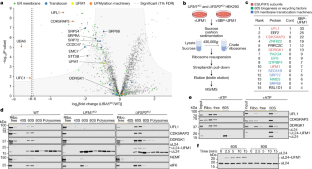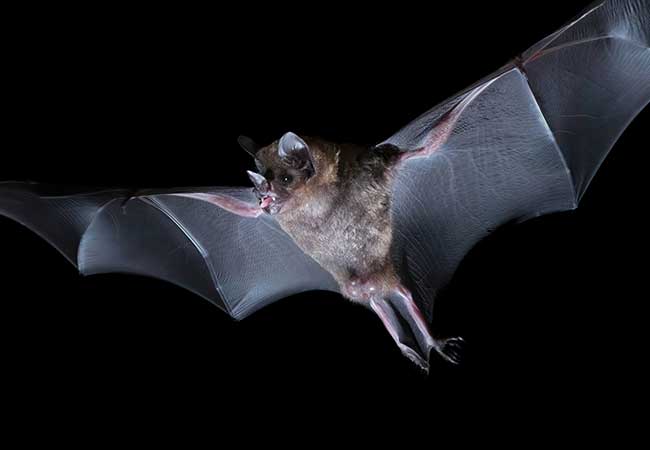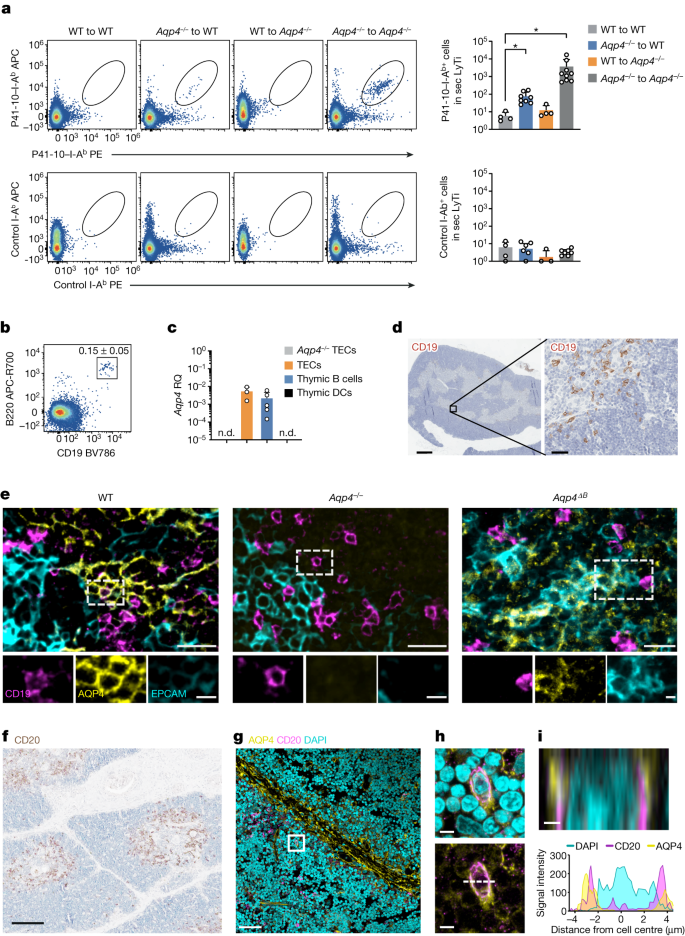2024-02-22 ミュンヘン大学(LMU)
<関連情報>
- https://www.lmu.de/en/newsroom/news-overview/news/ribosomes-molecular-wedge-assists-recycling.html
- https://www.nature.com/articles/s41586-024-07073-0
UFM1 E3リガーゼは60SリボソームサブユニットのERからのリサイクルを促進する UFM1 E3 ligase promotes recycling of 60S ribosomal subunits from the ER
Paul A. DaRosa,Ivan Penchev,Samantha C. Gumbin,Francesco Scavone,Magda Wąchalska,Joao A. Paulo,Alban Ordureau,Joshua J. Peter,Yogesh Kulathu,J. Wade Harper,Thomas Becker,Roland Beckmann & Ron R. Kopito
Nature Published:21 February 2024
DOI:https://doi.org/10.1038/s41586-024-07073-0

Abstract
Reversible modification of target proteins by ubiquitin and ubiquitin-like proteins (UBLs) is widely used by eukaryotic cells to control protein fate and cell behaviour1. UFM1 is a UBL that predominantly modifies a single lysine residue on a single ribosomal protein, uL24 (also called RPL26), on ribosomes at the cytoplasmic surface of the endoplasmic reticulum (ER)2,3. UFM1 conjugation (UFMylation) facilitates the rescue of 60S ribosomal subunits (60S) that are released after ribosome-associated quality-control-mediated splitting of ribosomes that stall during co-translational translocation of secretory proteins into the ER3,4. Neither the molecular mechanism by which the UFMylation machinery achieves such precise target selection nor how this ribosomal modification promotes 60S rescue is known. Here we show that ribosome UFMylation in vivo occurs on free 60S and we present sequential cryo-electron microscopy snapshots of the heterotrimeric UFM1 E3 ligase (E3(UFM1)) engaging its substrate uL24. E3(UFM1) binds the L1 stalk, empty transfer RNA-binding sites and the peptidyl transferase centre through carboxy-terminal domains of UFL1, which results in uL24 modification more than 150 Å away. After catalysing UFM1 transfer, E3(UFM1) remains stably bound to its product, UFMylated 60S, forming a C-shaped clamp that extends all the way around the 60S from the transfer RNA-binding sites to the polypeptide tunnel exit. Our structural and biochemical analyses suggest a role for E3(UFM1) in post-termination release and recycling of the large ribosomal subunit from the ER membrane.


